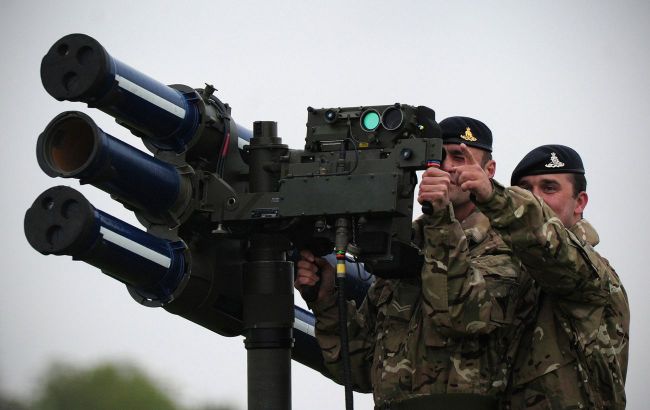How Ukraine receives EU military aid without using stockpiles - Analysts explain
 Weapons for Ukraine (Illustrative photo: Getty Images)
Weapons for Ukraine (Illustrative photo: Getty Images)
Europe is increasingly supplying Ukraine with weapons directly from defense factories rather than from stockpiles. In terms of the volume of newly produced arms for Ukraine, Europe has already surpassed the US, according to Euractiv.
According to recent data from the Kiel Institute for the World Economy (Germany), a significant portion of the weapons and equipment currently received by Kyiv comes not from stockpiles but directly from the assembly lines of defense manufacturers.
This has become possible due to the expansion of defense production in Europe and a shift in the US approach to aid provision.
For example, in May, Washington approved a significant export of weapons to Ukraine for the first time under the new administration - not as free aid, but as sales that Kyiv must pay for itself.
“Europe has now procured more through new defence contracts than the United States –marking a clear shift away from drawing on arsenals toward industrial production,” explained Taro Nishikawa, head of the Ukraine Support Tracker at the Kiel Institute.
Billions from new deals
In just May and June 2025, the value of newly produced equipment within European aid totaled at least €4.6 billion out of a total €10.5 billion in military support. This data covers the EU as well as the UK, Norway, Switzerland, and Iceland.
Since the start of the full-scale invasion in 2022, European factories have delivered weapons and ammunition to Ukraine worth €35.1 billion - surpassing similar supplies from the US, which amounted to €30.7 billion.
In 2024, 59% of all European military aid to Ukraine was secured through contracts with manufacturers, whereas in 2022 this share was only 11%. The reason is the depletion of stockpiles combined with rapid growth in production capacities.
Top donors
Among European donors, Germany leads with €16.5 billion, followed by the UK (€13.8 billion) and Denmark (€9.16 billion). In May, Berlin announced a new €5 billion package, including funding for the production of long-range systems directly in Ukraine.
Despite being the EU’s second-largest economy with significant defense resources, France ranks only sixth (€5.96 billion). In March, President Emmanuel Macron announced a €2 billion package including anti-tank missile systems, air defense systems, aviation missiles, ammunition, and production localization in Ukraine.
New financing horizons
European countries are already preparing for the European Commission’s new large-scale SAFE program - €150 billion in loans for defense procurement. Countries must submit detailed spending plans by the end of November.
One example is Bulgaria, which plans to allocate SAFE funds to purchase 155mm artillery shells for Ukraine as part of joint contracts with EU partners.
Experts predict that in the coming months, this tool could become key to supplying the Ukrainian Armed Forces with modern weapons directly from manufacturers rather than from dwindling stockpiles.
NATO Secretary General Mark Rutte stated that arms deliveries to Ukraine will continue regardless of the outcome of the upcoming US–Russia talks.

